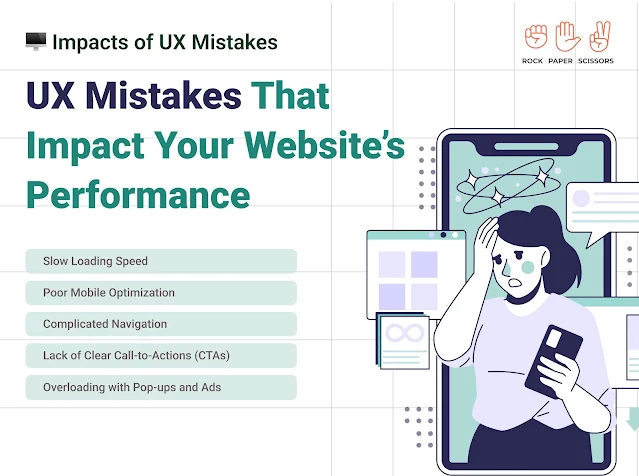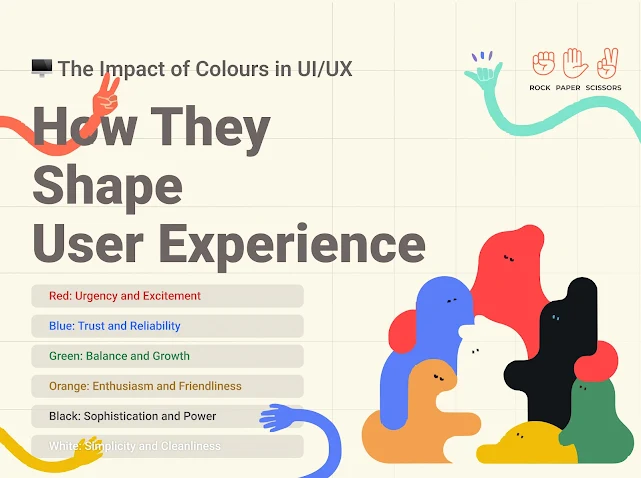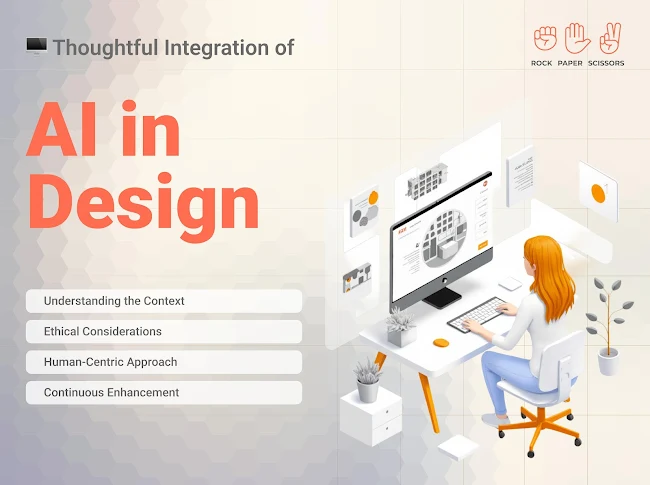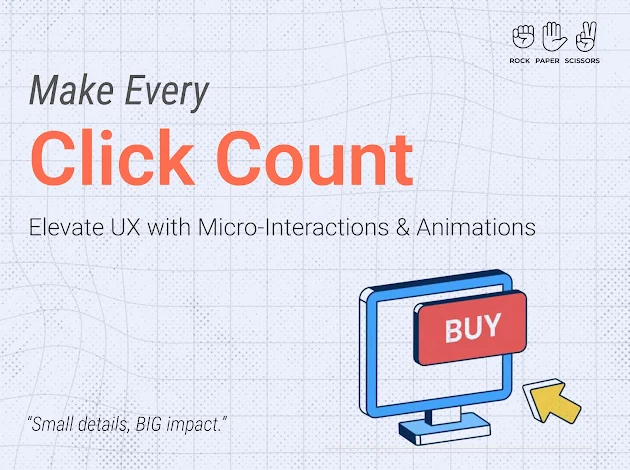Last week, someone asked me: “What’s the biggest mistake fintech companies make?“
My answer surprised them.
It’s not bad technology. It’s not security flaws. It’s not even poor customer service.
It’s giving users too many choices.
Let me tell you a story that will change how you think about fintech UX forever.
The $847-Per-User Disaster
December 2022. Mumbai. A conference room filled with worried executives.
Finfinity’s CEO pulled up their analytics dashboard. The numbers were brutal:
- 87% bounce rate on their loan application page
- $847 customer acquisition cost (industry average: $200)
- 10-second average session time
- 2.3% conversion rate
“We’re bleeding money,” he said. “Users apply for loans and disappear.”
I flew to Mumbai the next day. Instead of diving into their code or analytics, I did something different.
I sat in a coffee shop near their office with five potential customers. Real people. Not personas.
I watched them try to use Finfinity‘s app.
The pattern was always the same:
User opens app → sees 47 different loan types → gets overwhelmed → closes app → never returns.
One user, Priya, a 28-year-old marketing manager, said something that stuck with me:
“It’s like walking into a library and being asked to pick your favorite book without knowing what you’re looking for.”
That’s when it hit me.
The Science Behind Choice Paralysis
The problem wasn’t technology. It was psychology.
In 2000, psychologists Sheena Iyengar and Mark Lepper conducted the famous “jam study.” They set up two displays at an upscale grocery store:
Display 1: 24 varieties of jam
Display 2: 6 varieties of jam
The results shocked everyone:
- 60% of customers stopped at the 24-jam display
- Only 40% stopped at the 6-jam display
- But here’s the kicker: 30% of people who saw 6 jams actually bought some
- Only 3% of people who saw 24 jams made a purchase
The lesson? More choices don’t create more sales. They create more paralysis.
Barry Schwartz calls this “The Paradox of Choice” in his bestselling book. When people face too many options, they:
- Feel overwhelmed by possibilities
- Worry about missing the “perfect” choice
- Freeze instead of deciding
- Walk away to avoid the stress
The Three-Question Revolution
We stripped Finfinity’s entire loan application down to three questions:
- How much money do you need?
- When do you need it?
- What’s it for?
That’s it.
No loan categories. No financial jargon. No complex forms.
Just three simple questions that led to personalized loan options.
The rebuild took 6 weeks. Launch day: January 15, 2023.
The Results That Changed Everything
30 days after launch:
- Bounce rate: 87% → 12%
- Average session time: 10 seconds → 4 minutes 23 seconds
- Conversion rate: 2.3% → 23.7%
- Customer acquisition cost: $847 → $127
6 months later:
- 40% revenue increase
- 80% returning customer rate
- Industry’s fastest loan approval process
But the real validation came in user feedback:
“Finally, a lending app that doesn’t make me feel stupid.” – Rohit, small business owner
“I got my loan in 2 hours. My bank took 2 weeks for the same amount.” – Meera, freelancer
The CEO sent me a message that I still keep:
“You didn’t just fix our app. You saved our company.”
The Global Pattern
This isn’t just an Indian problem. It’s everywhere.
Mint (US): Started with 200+ financial categories. Users were paralyzed. They simplified to 12 main categories and saw 340% increase in budget completion rates.
Revolut (EU): Originally offered 47 different card designs. Users spent 8 minutes choosing and often abandoned. They reduced to 8 designs, completion rate jumped 67%.
Nubank (Brazil): Simplified credit applications from 23 fields to 7 questions. Approval rate increased 156%.
The pattern is clear: Simplicity scales globally.
The Hidden Cost of Complexity
Most fintech founders think more options = better product.
Wrong.
More options = more cognitive load = worse user experience = lower conversion rates = higher customer acquisition costs.
The math is brutal:
- Every additional choice increases decision time by 10.4%
- After 7±2 options, completion rates drop exponentially
- Complex interfaces increase support costs by 89%
How to Apply This to Your Fintech
Step 1: Audit Your Current Experience
Count the choices on your main conversion page. More than 7? Start cutting.
Step 2: Find Your “Three Questions”
What are the minimum inputs needed to solve your users’ core problem? Everything else is noise.
Step 3: Progressive Disclosure
Start simple. Let power users drill down if they want more options.
Step 4: Test Ruthlessly
A/B test every reduction. Measure both completion rates AND user satisfaction.
The Companies Getting This Right
Stripe: Turned payment integration from 47 API calls to 3 lines of code. Now processes $640 billion annually.
Square: Simplified point-of-sale from complex enterprise systems to “plug and sell.” Worth $29 billion today.
Klarna: Reduced checkout from 8 steps to “Pay in 3.” Handles 2 million transactions daily.
Paymi (UK): Replaced bank transfers with mobile number payments. 67% adoption rate in first year.
The Future of Fintech UX
The winners won’t be the platforms with the most features.
They’ll be the platforms that solve core problems with the fewest steps.
As iPhone designer Jonathan Ive said: “Simplicity is not the absence of clutter. It’s the absence of confusion.”
What’s Your Paradox of Choice?
Look at your fintech product right now.
Count the options on your main screen. Count the fields in your primary form. Count the steps in your core user journey.
If any number is above 7, you have a choice paralysis problem.
At GFF 2025, I’m seeing hundreds of fintech companies making the same mistake Finfinity made.
They’re adding complexity when they should be removing it.
Want to know how we compress weeks of user research into 60 minutes? Read my original post about this transformation and see the complete framework we used.
The lesson? Sometimes the best solution is subtraction, not addition.






